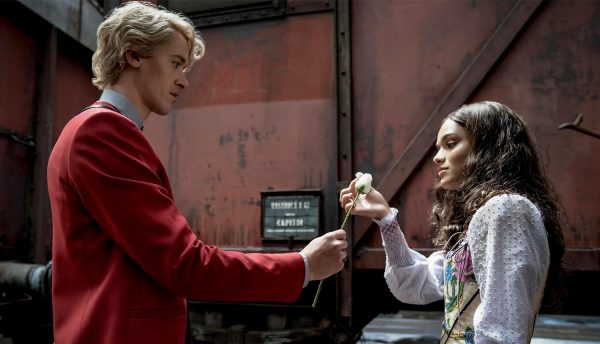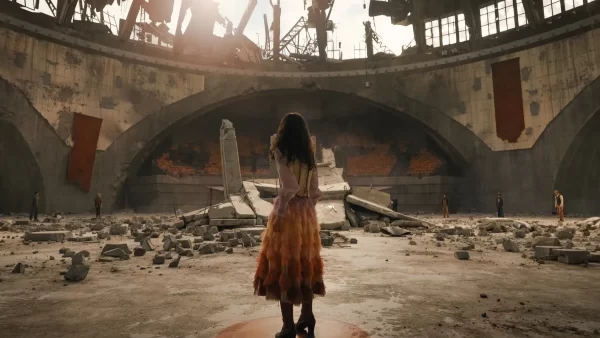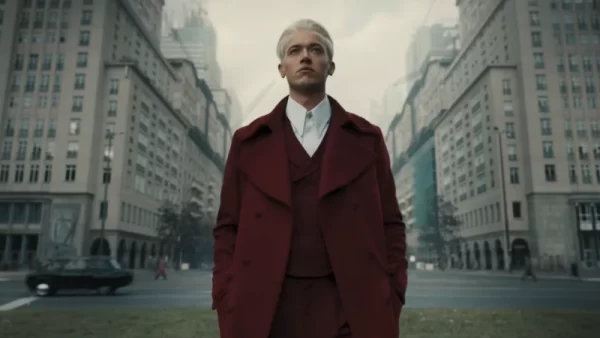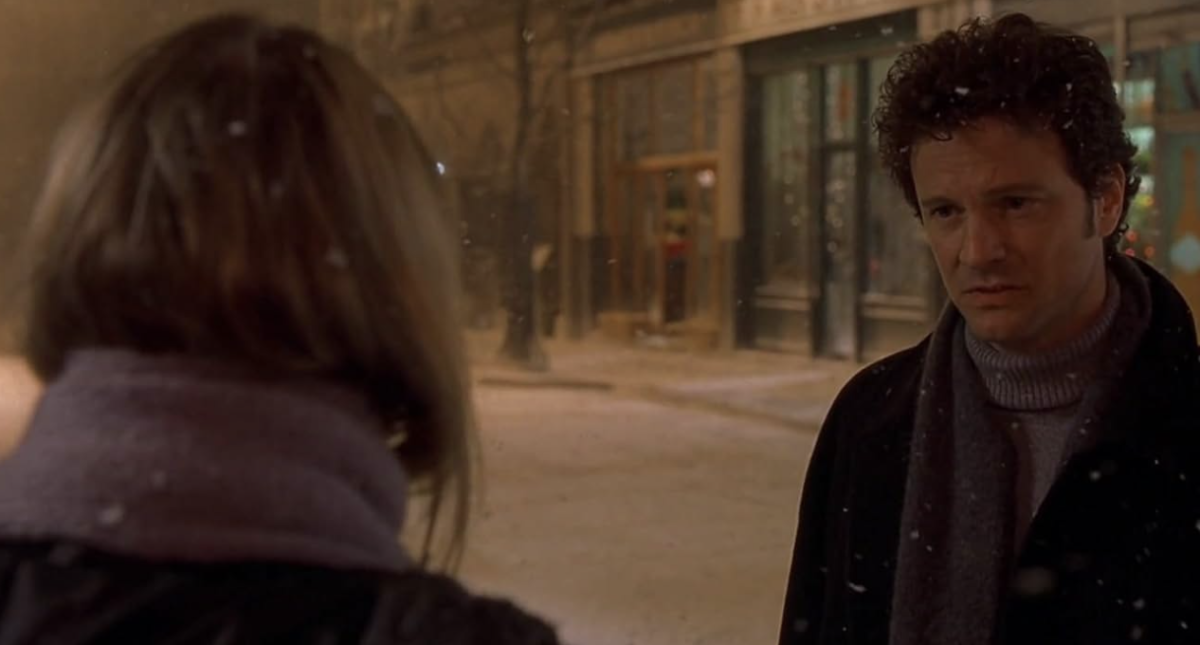Eight years after the release of the final “Hunger Games” movie, the highly anticipated prequel “The Ballad of Songbirds and Snakes,” released on Nov. 17, finds a new angle on perhaps the most well-known dystopian story of the 21st century. Chronicling the origins of future dictator Coriolanus Snow and inviting viewers back to the harsh, exacting world of Panem, the movie follows Snow’s rise and crucial role in the development of the Hunger Games over the course of a key several months. Through its new perspective on a well-told story and strong performances from leads Tom Blyth and Rachel Zegler, “Songbirds and Snakes” revives the Hunger Games franchise in a way that feels fresh and relevant today.

“Songbirds and Snakes” dawns on a rebellion-ravaged Capitol. Snow (Blyth) — the eventual villain and dictator of Panem — is nowhere close to the level of power and evil he reaches in the later films. Instead, his childhood self is simply trying to stay alive. Fast-forward a few years later, and Snow is still hungry for power and status among the competitive social and political scene of the Capitol. The key to his success: training a tribute for the annual Hunger Games, a facet of a new ploy devised to increase viewership for the otherwise failing Games. Snow is assigned the enigmatic and musical Lucy Gray Baird (Zegler) of District 12, who he discovers is his ticket to victory — or so he believes. Their relationship serves as the catalyst for much of Snow’s later character development, and it is in the contrast between their two differing perspectives, as the movie progresses, that the future President Snow begins to crystallize as a character.
“Songbirds and Snakes” particularly succeeds in comparison to the original “Hunger Games” movies, depicting Snow’s role in the development of the Hunger Games that Peeta and Katniss will later enter into. Snow’s success becomes dependent upon his ability to make of Gray a star, and to make of the Games a spectacle. In this, many of the traditions of the later Games emerge through Snow’s machinations: the growing relationship between District tributes and Capitol citizens, the trivialization of the violence, the gamification of the murders, the use of incentives such as gifts and drones to generate income and Capitol interest. Similarly, the stripped-down, bare Arena — a literal arena, a far cry from the sweeping landscape that Katniss entered into in the original movies — makes the horrors of the Games’ premise feel ever more resonant.

Visually as well, “Songbirds and Snakes” is rich with detail. The film follows the series’ signature attention to production design, with lush sets and costumes providing a further source of intrigue. The retro design of the newly formed Hunger Games show and the brutalist architecture of the filming locations, as well as the stark contrast between Academy students’ red uniforms and the gray surroundings of the Capitol, all add aesthetic appeal to an otherwise action-heavy movie.
Music throughout the film plays a key role, chronicling the development of the plot and of Gray and Snow’s relationship. When Gray sings during the Hunger Games, she delivers a dose of empathy to the Capitol’s residents, or perhaps just a fleeting shot of emotion into the Capitol’s psyche, just another performance perceived and then forgotten. She writes her “Hanging Tree” during her relationship with Snow — a stunning rendition of the song that served as the backdrop to Katniss Everdeen’s revolution in the original trilogy — making its appearance in the earlier movies feel ever more relevant. Zegler’s vocals are given full room to shine throughout the movie, especially given that she chose to sing each take live. Whether in the folksy tunes of “Pure as the Driven Snow,” or the emotional undertones of “The Ballad of Lucy Gray Baird,” each song blends seamlessly into the plot and enhances the emotion of the film overall.

Where “Songbirds and Snakes” falls short is in the breadth of the subject it attempts to cover. The original franchise benefited from its simplicity — a short list of relevant characters and an accessible plot — which is in some ways lost in this adaptation. The 2 hour and 38 minute runtime never grows tired or dull; if this movie is one thing, it’s an entertaining watch. But the rushed storytelling of the second half falls short in comparison to the well-paced storyline of the beginning. As the plot grows increasingly convoluted and strays from the well-trodden territory of a typical Games, the later section can feel at times like an entirely separate movie. Snow’s gradual decline into madness and cruelty is, of course, fascinating to watch play out. Yet the discrepancies in pacing make that eventual conclusion less impactful.
But “Songbirds and Snakes” thrives in its complexities: in the small moments of revelation across a big screen, in simple actions with complicated backstories. And so we begin to understand the pathway towards Snow’s ultimate demise. We begin to understand how evil becomes natural to him, how he arrives at that point 64 years later, when Katniss revives the rebellion and where Snow finally meets his match. Like the original franchise at its best, “Songbirds and Snakes” invites introspection on behalf of the audience as to the true meaning of entertainment. It reexamines the narrative of power, love and loss of the original movies, leaving viewers with a deeper understanding of what, exactly, the Hunger Games were for.







